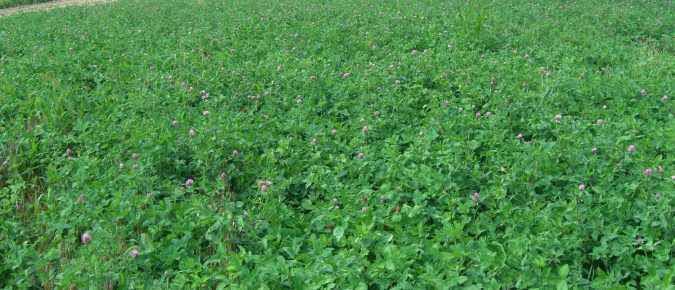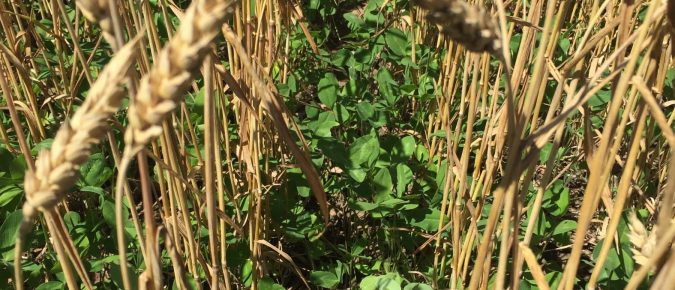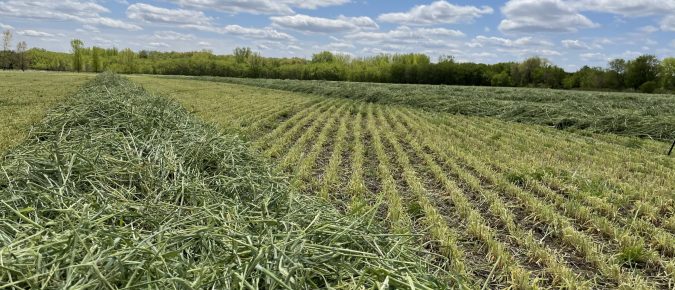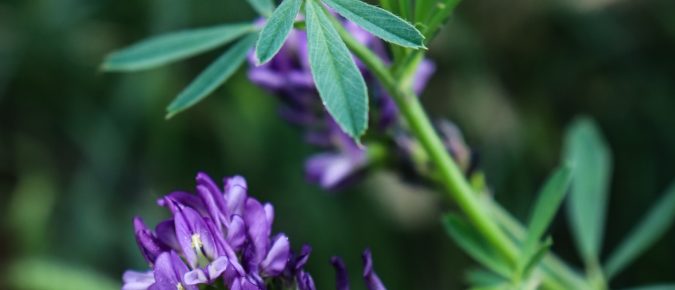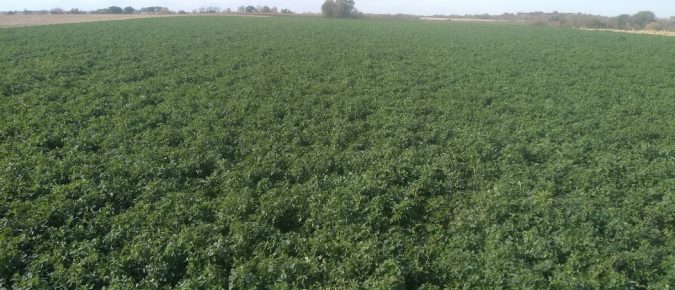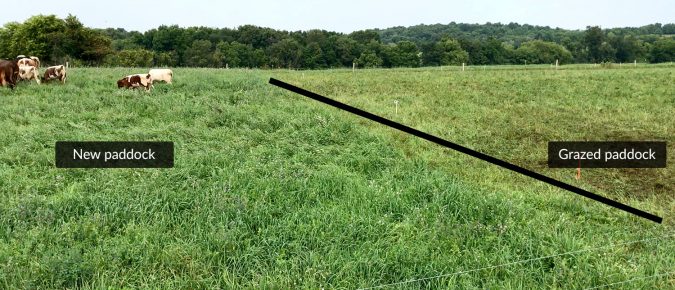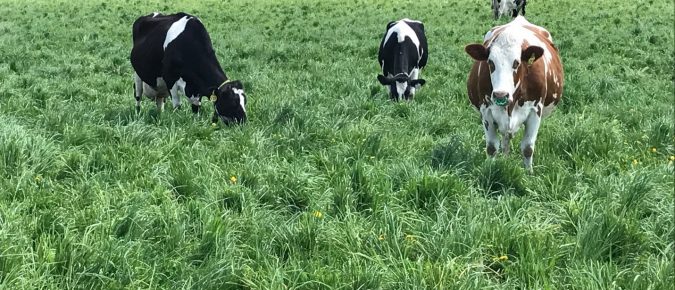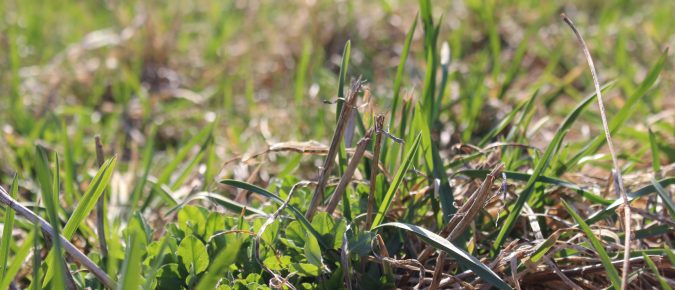Late summer seeding is an excellent way to establish stands and is actually the preferred time of year to seed in many regions. But your decision to late summer seed should be based on weather conditions (temperature), available soil moisture, and your projected forage needs (importance of having a fully productive alfalfa stand available next spring vs. direct seeding).
Corn and soybean growers interested in using cover crops following corn and soybean crops may look to interseeding to establish a cover crop earlier in the season.
Cover crop termination timing is key to maximize anticipated cover crop benefits while reducing competition with a cash crop.
Aphanomyces root rot (ARR) is a serious disease of both recently seeded alfalfa and established alfalfa stands. ARR can cause severe yield reductions in affected alfalfa fields. Variations of the disease also occur on many other legumes (including soybean, snap bean, faba bean, red kidney bean, pea, red clover, and white clover) and can cause significant losses in these crops as well.
Stress in the seeding year reduces future yields of alfalfa. This occurs because the seeding year determines the stand plant density as well as individual plant size and vigor. The following paragraphs will show that autotoxicity, potato leaf hopper, cover crop, and, possibly, drought stresses in the seeding year will reduce alfalfa yield in future years, even when the stress is gone.
The decision to take a late summer or fall cutting of alfalfa should be considered carefully. A farm should evaluate current forage needs, economics, stand health, and timing to make the best decision for their individual situation. Although the need for more forage may override some other factors, the timing of harvest is still critical. […]
While farming in the ‘North’ brings the benefits of growing some of the best forages like alfalfa and cool-season grasses, it also carries the weight of fall decisions that will ‘make or break’ your profit due to risks of winter injury. Fall decisions regarding alfalfa production include proper harvest timing and providing adequate potassium, leading to strong plants that can survive a severe winter and come back the following year with good yield potential.
UW-Madison Extension provides tips for sound grazing management that meets the requirements of the animal and also those of the forage plant.
UW-Madison Extension provides tips for surface broadcasting of seed in late winter or frost seeding, which is a common practice that minimizes equipment expenses and erosion concerns over tillage practices.
UW-Madison Extension provides tips for preparing pastures for grazing in the Spring.
UW-Madison Extension provides guidance in management and adaptation aspects of choosing and using forage grasses or legumes in rotation with productive fields of cultivated crops, or keeping erodible land in permanent grass/legume pasture
UW-Madison Extension provides several strategies that can ease the transition into spring, and help you avoid common mistakes associated with going too fast from dry, austere hay feeding to lush green grass grazing.

